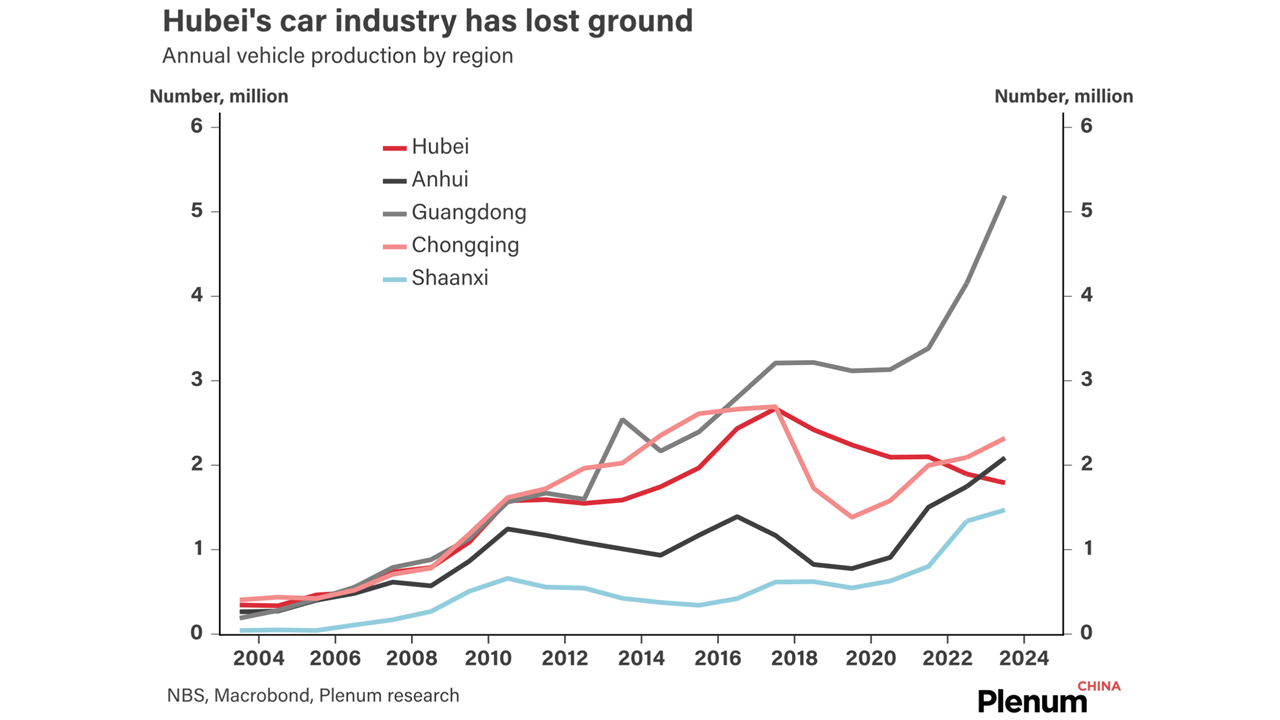
Robotaxi services captured the Chinese public’s imagination this summer as they reached a tipping point of visibility in cities like Wuhan.

Robotaxi services captured the Chinese public’s imagination this summer as they reached a tipping point of visibility in cities like Wuhan.
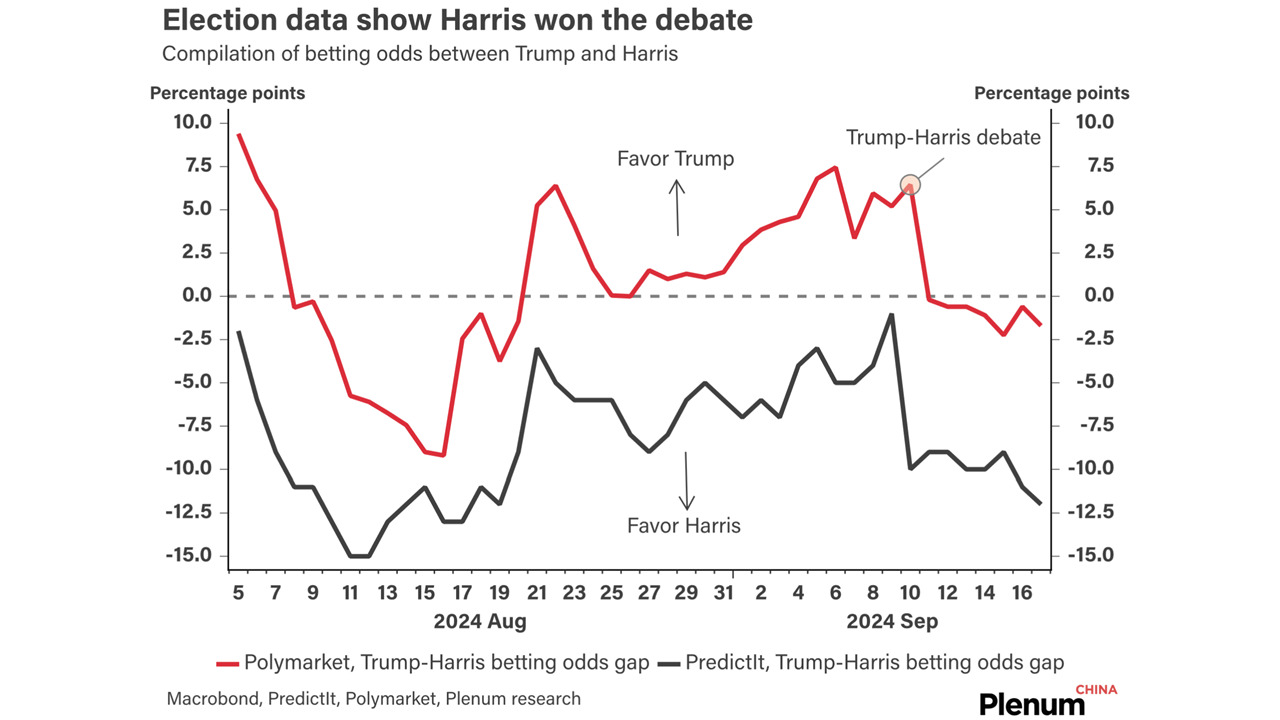
US lawmakers have advanced a series of China-related bills in the House, including the BIOSECURE Act.
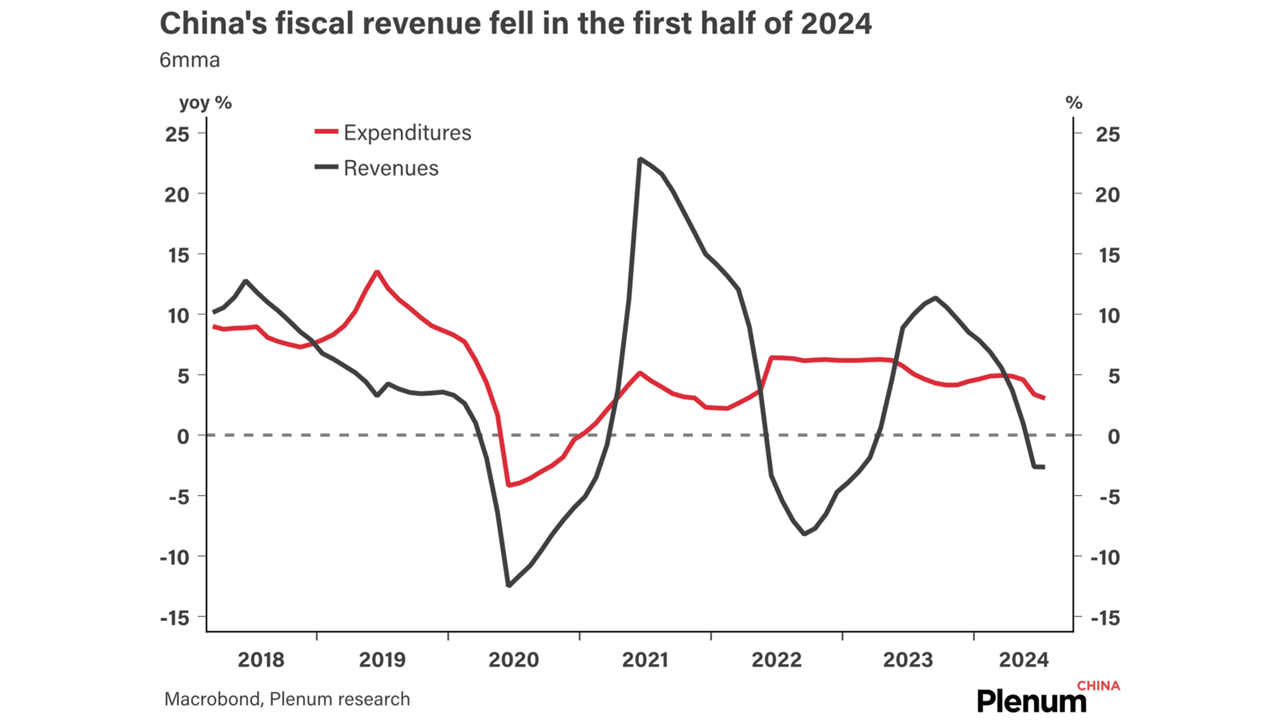
China’s fiscal revenue has fallen this year, painting a much worse picture than the headline GDP figure shows.
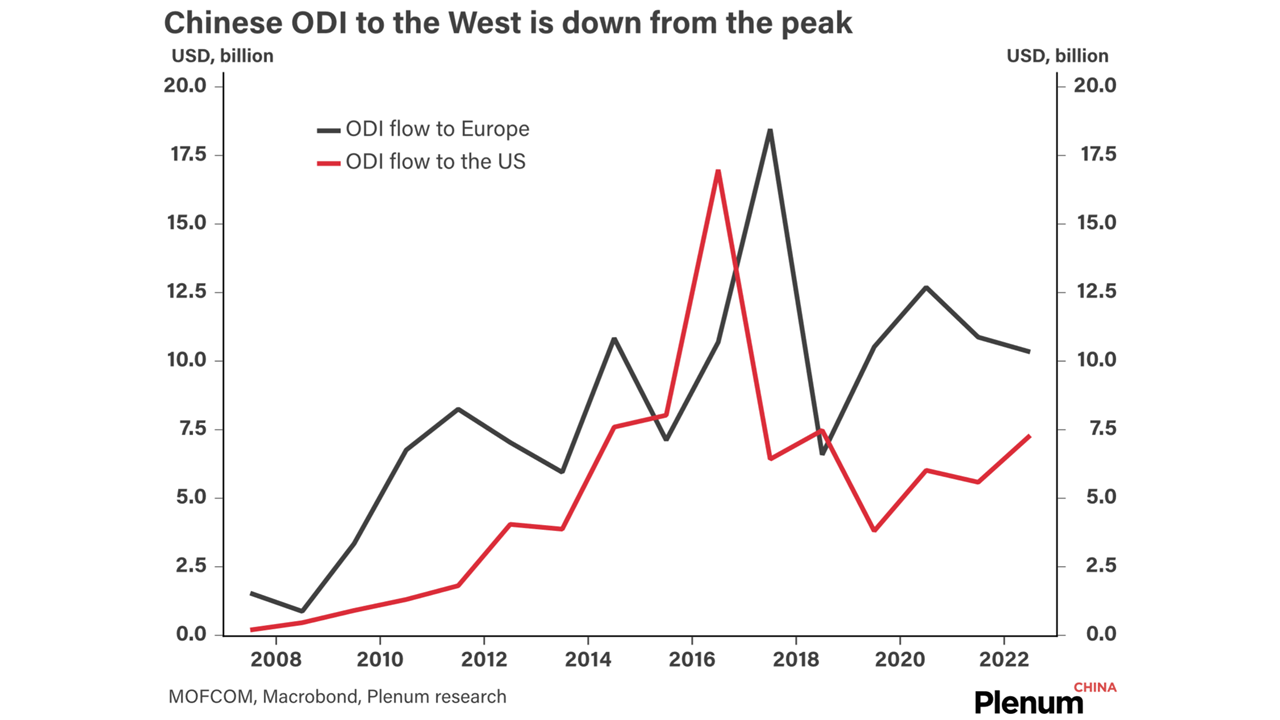
We identify some of the most common foreign government actions, offer examples of each, and explain how they tend to affect Chinese companies’ overseas operations.
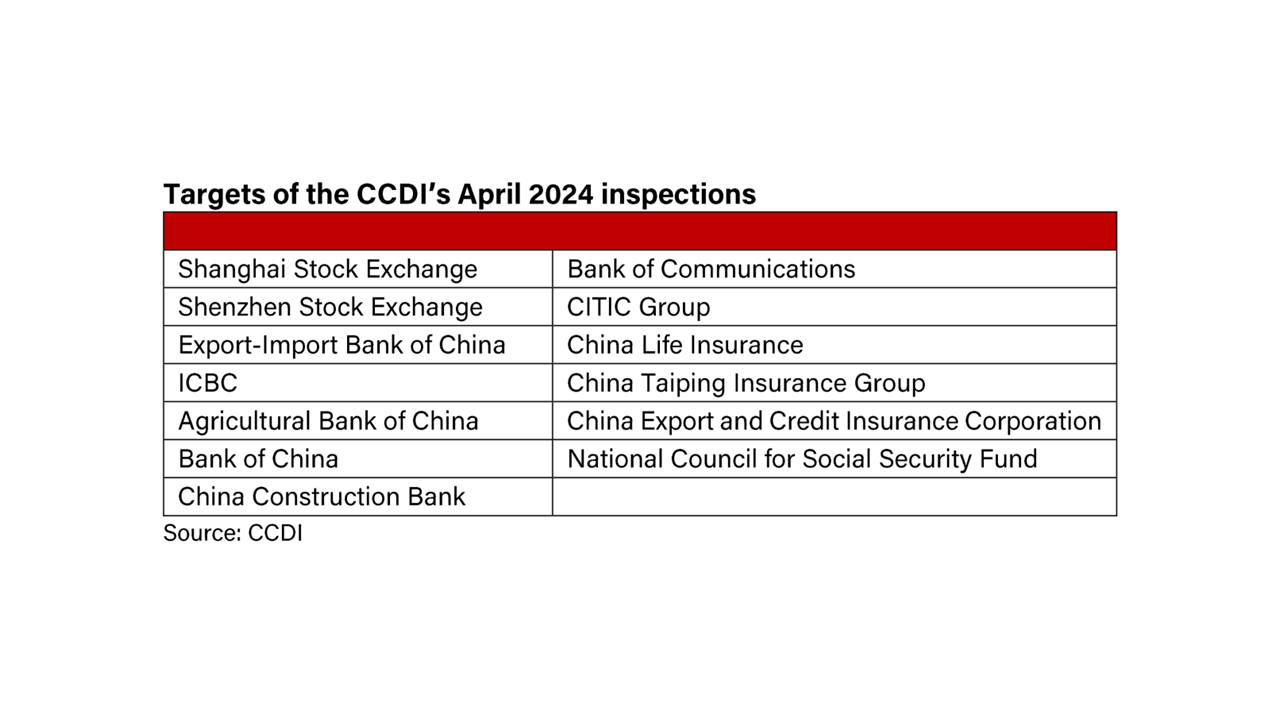
The latest thrust of the anti-corruption campaign in the financial sector is targeting executives at brokerages and mutual funds.
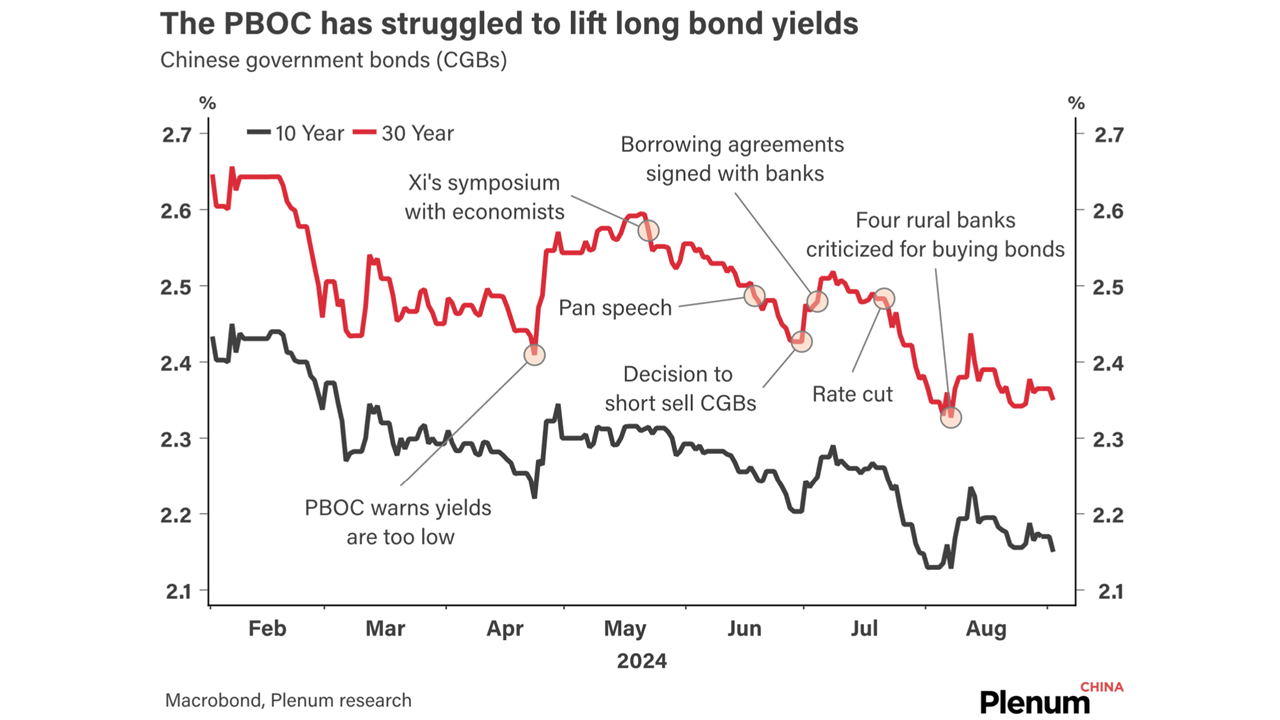
The PBOC net purchased RMB 100bn in government bonds after buying short-term bonds and selling long-term bonds in August.
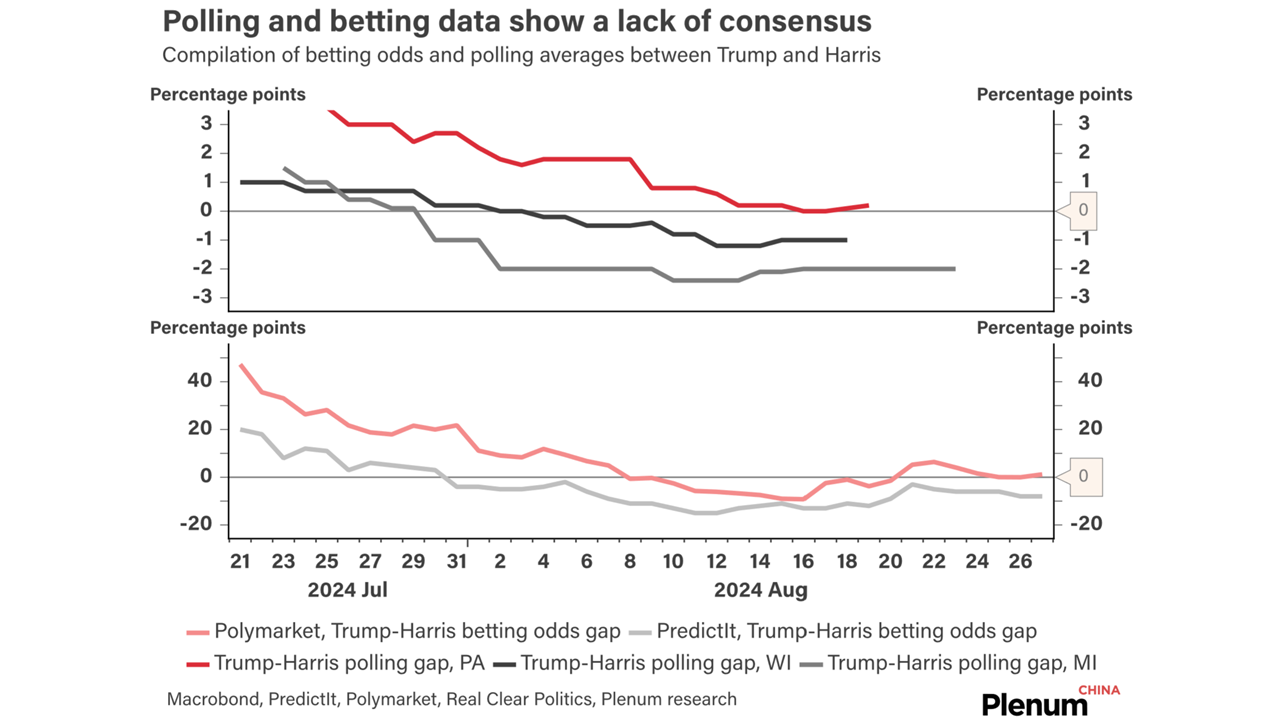
Kamala Harris has remained largely silent about her China policy, partly due to her limited experience in dealing with the country.
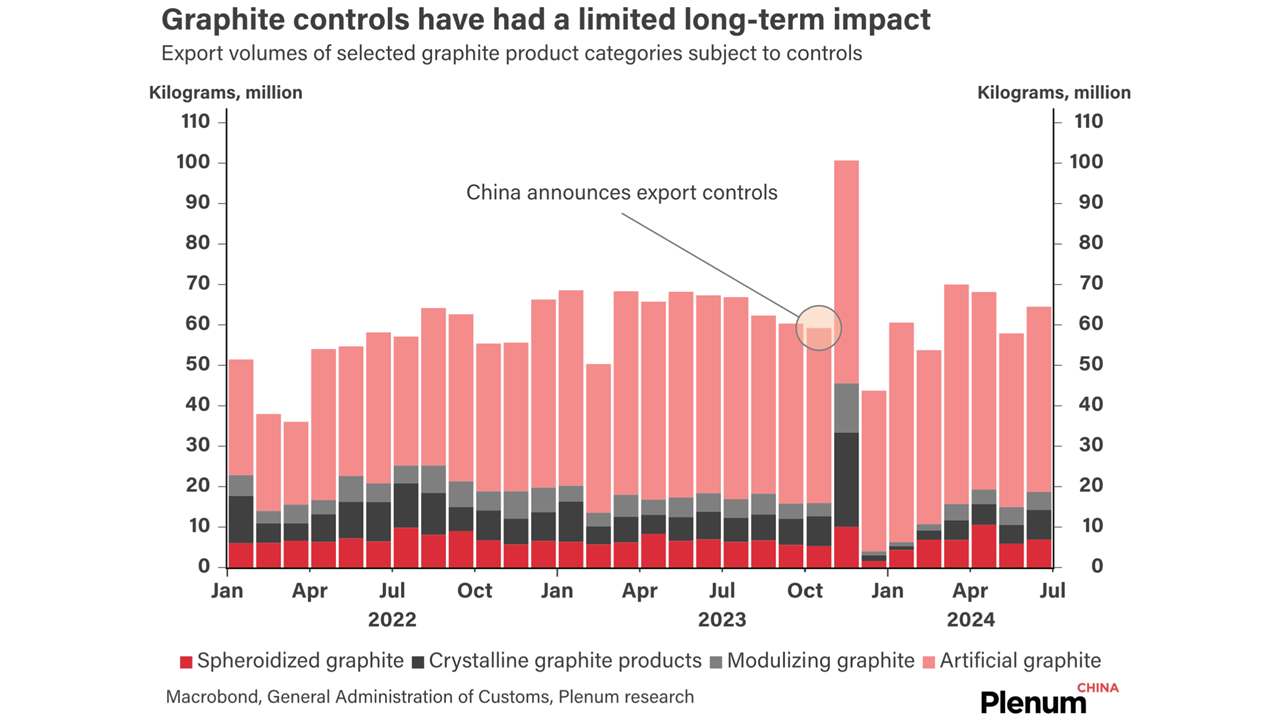
China is targeting critical minerals in which it has a comparative advantage over the West, but the controls have affected various products to different degrees.
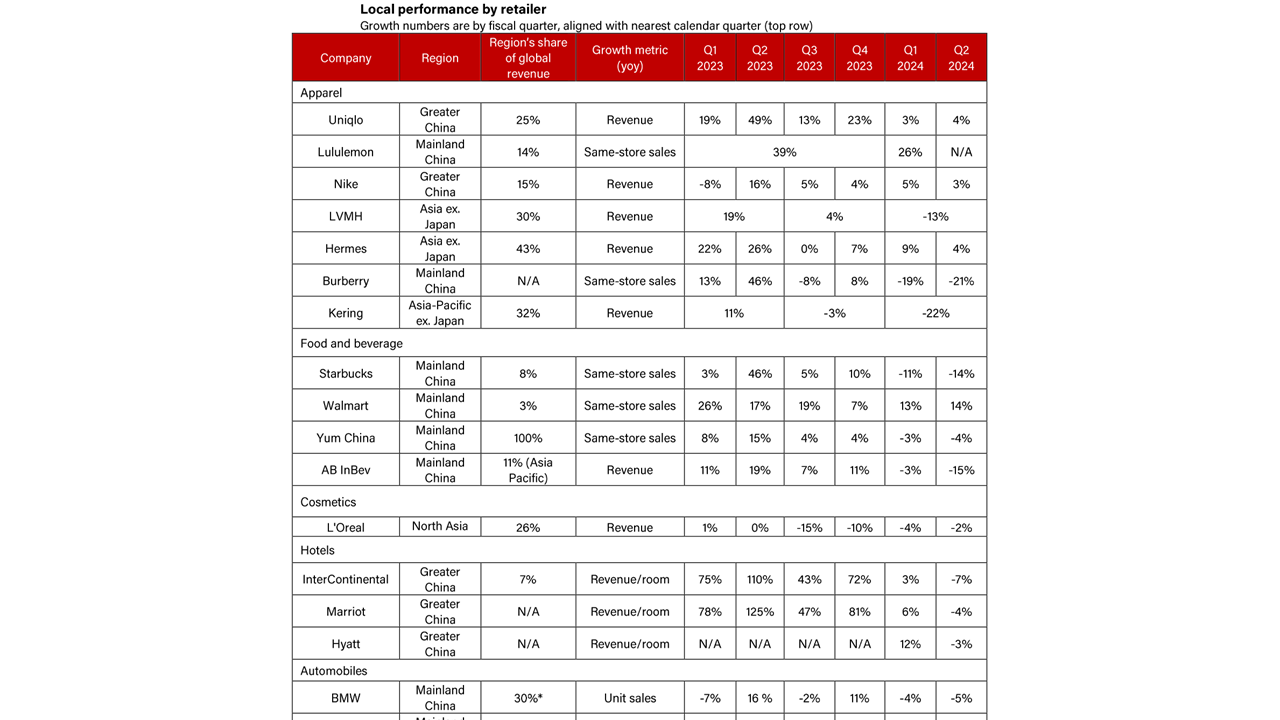
International retailers in China have been battered in 2024, with revenue falling broadly across many segments.
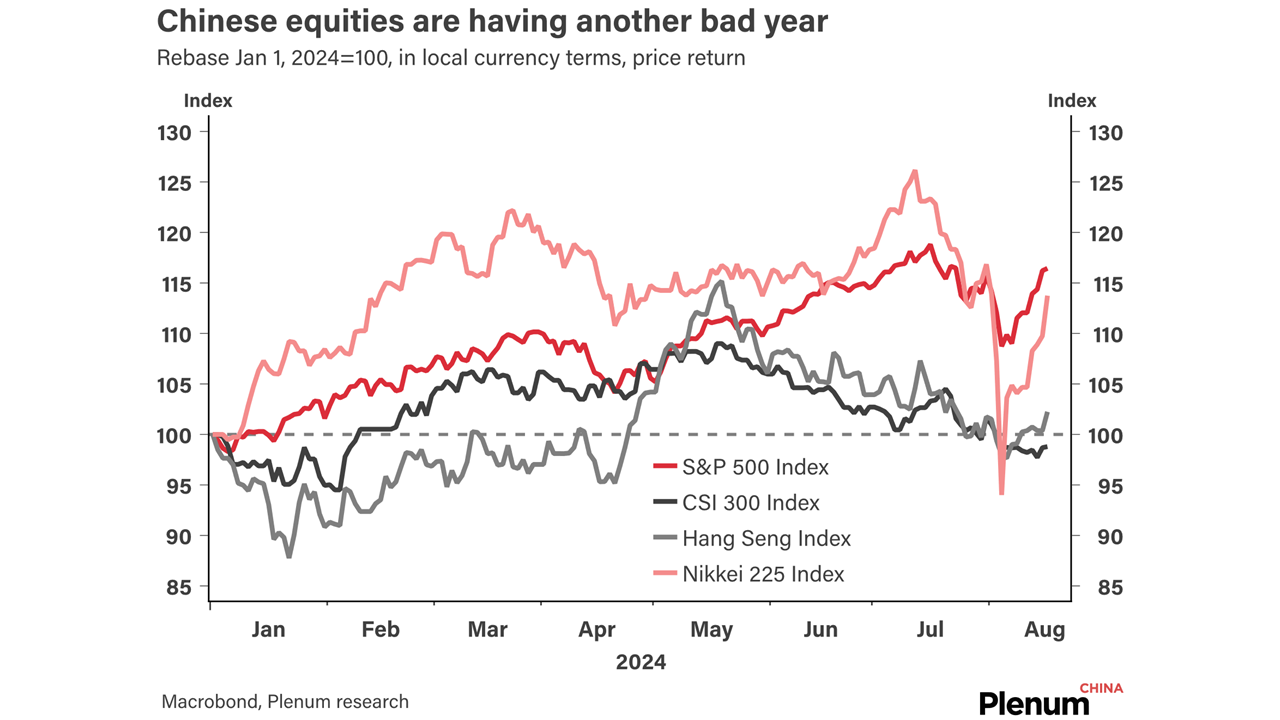
Recent market reforms have made some progress but fail to address the most fundamental problems facing Chinese equities.